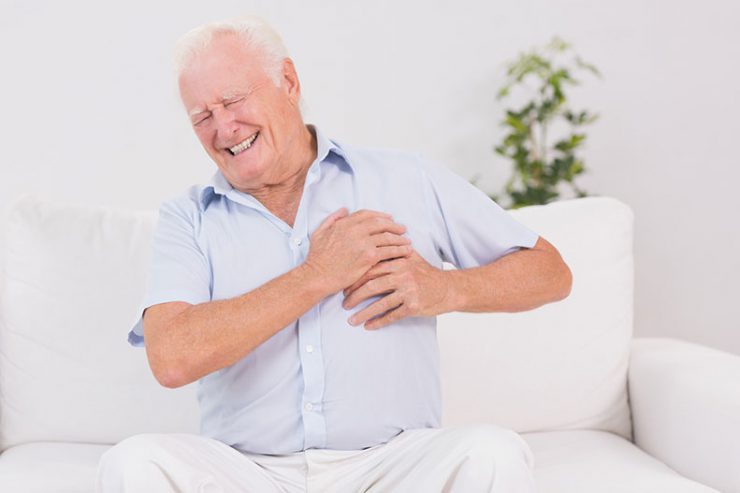Heart attacks and stroke (also called “brain attacks”) are quite different, but both can be life threatening. Identifying the symptoms as soon as possible in you or a loved one can help ensure immediate treatment, which in turn increases the chance of survival and lessens the likelihood of lasting damage and disability. Here’s the difference between a heart attack and a stroke — and what to look for so you can get the appropriate care.
What Is a Heart Attack?
Also known as a myocardial infarction, a heart attack occurs when blood flow to the heart is reduced or interrupted, typically by clogged, narrowed arteries, or a blood clot. When blood flow is blocked, the heart muscle can’t get enough oxygen and begins to die.
Heart attack risk factors
You’re at higher risk for having a heart attack if you:
- Have a family history of cardiovascular disease
- Have high cholesterol
- Have high blood pressure
- Have diabetes
- Are overweight or obese
- Are physically inactive
- Smoke
Heart attack symptoms
Classic symptoms of a heart attack include:
- Pressure, squeezing, fullness, or pain in the center of the chest that lasts more than a few minutes or stops and recurs
- Discomfort that extends to the shoulders, arms, back, abdomen, jaw, and teeth
- Shortness of breath
- Sweating
- Lightheadedness or fainting
Heart attack symptoms in women
Women may experience different or more vague symptoms, such as:
- Abdominal pain that may feel like heartburn or indigestion
- Dizziness
- Unusual fatigue
- Clammy skin
What Is a Stroke?
A stroke occurs when blood flow to the brain is interrupted, either when a blood clot blocks a vessel (ischemic stroke) or when a vessel weakens or bursts (hemorrhagic stroke). Brief interruptions in blood flow, known as transient ischemic attacks (also known as ministrokes), can mimic stroke symptoms.
When blood flow is interrupted, brain cells don’t receive enough oxygen and begin to die. Depending on what part of the brain is damaged, a stroke can cause problems with memory, speech, muscle control, or other functions.
Stroke symptoms
Classic stroke symptoms include:
- Sudden numbness or weakness of the face, arm, or leg, particularly on one side of the body
- Sudden confusion or difficulty speaking or understanding speech
- Sudden difficulty walking, dizziness, or loss or balance or coordination
- Sudden trouble seeing in one or both eyes
- Sudden severe headache with no known cause
Stroke symptoms in women
Women may experience different or more vague symptoms, such as:
- Lightheadedness, fainting, or loss of consciousness
- Difficulty breathing or shortness of breath
- General weakness
- Agitation
- Confusion, unresponsiveness, or disorientation
- Sudden behavioral changes
- Hallucinations
- Nausea or vomiting
- Pain
- Seizures
- Hiccups
If you think that you or a loved one are having a heart attack or stroke, call 911 immediately. To learn more about stroke rehab and stroke prevention, visit the UPMC Stroke Institute website.
